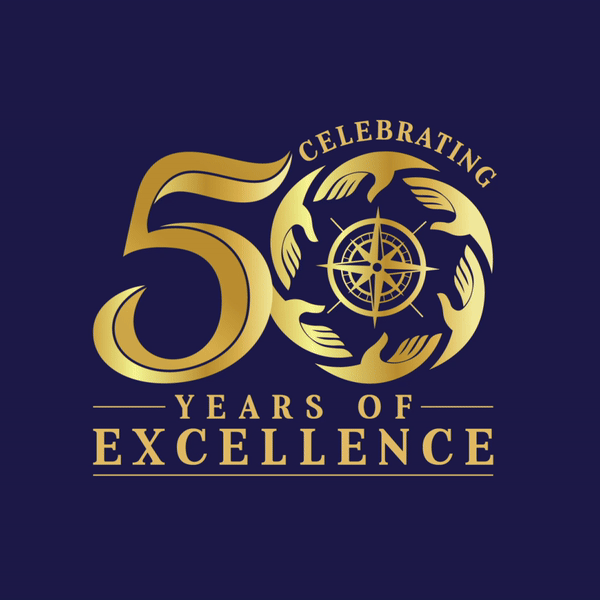Technical Circular No: 030/2023
1. The IMO vide Resolution MSC. 496 (105) adopted amendments to SOLAS Chapter IV on Radio Communications, which will come into force from 1 January 2024. The amendments aims to allow the use of modern communication systems in the GMDSS.
2. Following are the highlights regarding the amendments to SOLAS Chapter IV:
- References to Inmarsat have been replaced throughout with the term Recognized Mobile Satellite Service (RMSS). In addition to maritime mobile satellite services provided by INMARSAT, the IMO has recognized the maritime mobile satellite services provided by the IRIDIUM SATELLITE LLC.
Note: Iridium Satellite System is acceptable as part of GMDSS, subject to concerned Flag state recognizing Iridium Satellite System as a mobile satellite service for use in the GMDSS.
- The definition of “Sea Area A3” has changed. Sea Area A3 now means ‘an area, excluding sea areas A1 and A2, within the coverage of a recognised mobile satellite service (RMSS) supported by the ship earth station (SES) carried on board, in which continuous alerting is available’. For a ship certified to operate in sea area A3, the Cargo Ship Safety Radio Certificate is to indicate the recognized mobile satellite service in brackets (INMARSAT / IRIDIUM).
- Transmitting and receiving distress and safety communications using direct-printing telegraphy (NBDP) do not form part of the GMDSS requirement and hence need not be fitted on board (redundant).
- The requirement of SART/AIS-SART and two two-way VHF radiotelephone apparatus is now forming part of SOLAS Ch-IV Reg. 7.2 and 7.3 (previously same was under SOLAS Ch-III, Life Saving Appliances and arrangements).
- For sea area A1, VHF-EPIRB can no longer be accepted in lieu of satellite EPIRB.
- The coverage of sea area A3 became variable by the type of RMSS SES installed on board. An RMSS-SES with lesser coverage area installed on board will determine the coverage of sea area A3 as the “Primary system” for a ship.
- The relevant SOLAS related certificates and Records of Equipment are included as part of the amendments.
3. Owners/ operators and Masters of ships are advised to be guided by above and ensure compliance to the requirements. For radio equipment carriage requirements for various sea areas, refer attached Annexure -1.
Enclosure:
Disclaimer:
This Technical Circular and the material contained in it is provided only for the purpose of supplying current information to the reader and not as an advice to be relied upon by any person. While we have taken utmost care to be as factual as possible, readers/ users are advised to verify the exact text and content of the Regulation from the original source/ issuing Authority.








 Download PDF
Download PDF